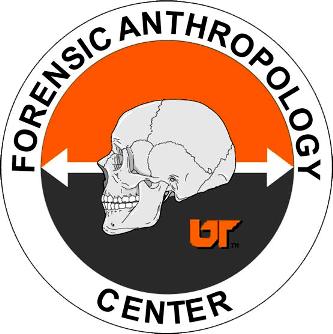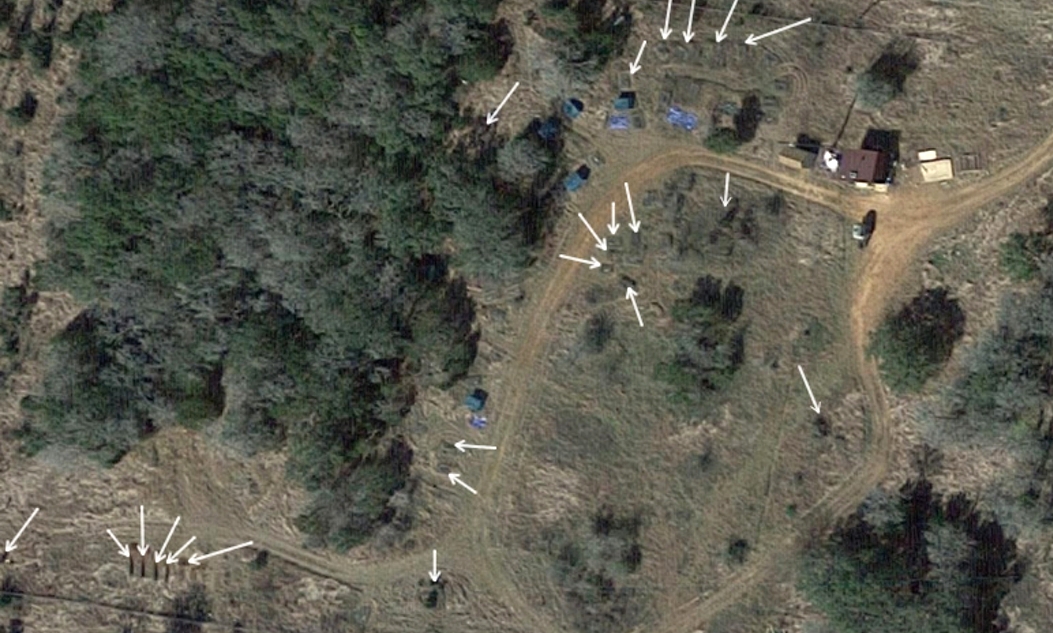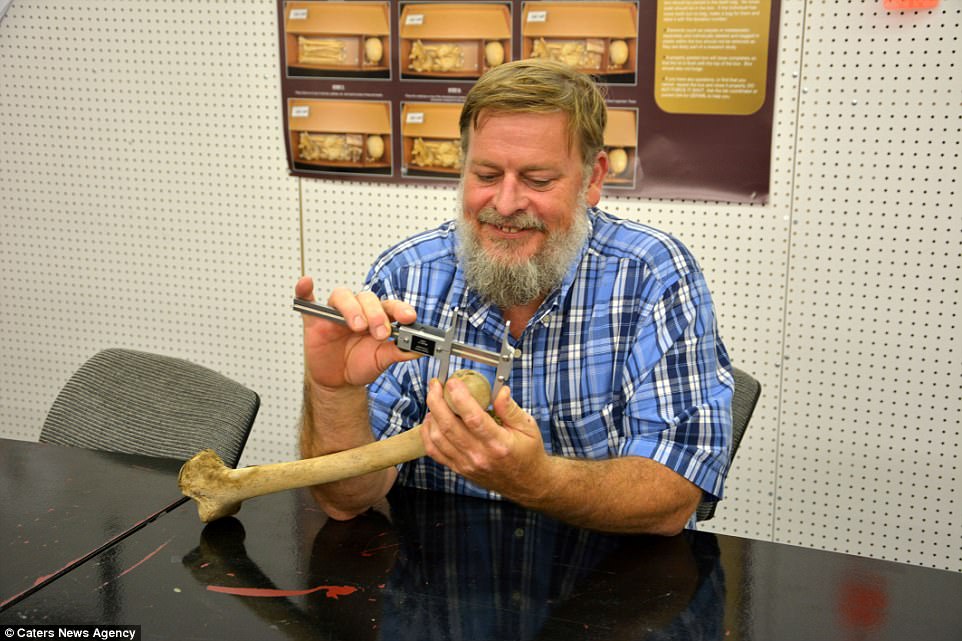

On this month's Morbidly Fascinating Page:
The Body Farm at the University of Tenessee helps to solve crimes
IN THE ARCHIVES:
The First Plastic Surgery
Tombstone Symbols
Weird Photos
Stuckie
Two-Faced
Hyperdontia
Preserved
The Forensic Anthropolgy Center at the University of Tenessee
Also known as The Body Farm

Sign at the gate, above

Arial view and placements of bodies at the time of this photo

William T. Bass, founder, above left

Danny Wescott, Professor of Anthropology at The Body Farm HERE

Above: Sampling fly larva. Insect activity is predictable and can be a vital forensic clue in a murder investigation.
Below are images taken on the grounds of The Body Farm.
Warning: these images are graphic.









See the National Geographic film about The Body Farm HERE
Tour The Body Farm HERE
What is The Body Farm?
The first body farm (officially known as the University of Tennessee Forensic Anthropology Facility) was opened by Dr. William Bass in 1971. Bass recognized the need for research into human decomposition after police repeatedly asked for his help analyzing bodies in criminal cases. What started as a small area with one body has developed into a 3-acre complex that contains remains of around 40 individuals at any one time. The facility became famous (and gained its moniker) after it inspired Patricia Cornwell's 1995 novel, "The Body Farm."
Where do these bodies come from? When Dr. Bass first started the body farm, he used unclaimed bodies from medical examiners' offices. Later, people started donating their bodies to the facility to help with forensic studies.
The Tennessee body farm pursues a broad range of study into decomposition under all conditions -- buried, unburied, underwater and even in the trunks of cars.
Generally, when a facility accepts a body, it's placed in a refrigerator (not unlike one found in a morgue). The body is then assigned an identifying number and placed in a specific location on the grounds of the body farm. The location of each body is carefully mapped. Students learn how to maintain the chain of evidence when working with the bodies. In a criminal case, it's imperative that anyone coming into contact with human remains logs that he or she handled it. This way, no legal questions can be raised about the integrity of the evidence or possible gaps in its custody.
The bodies are allowed to decompose for various amounts of time. Then students practice locating, collecting and removing the remains from the area. The remains are taken to a laboratory and further analyzed. When analysis is finished, the skeleton may be returned to the family of the deceased for burial, if requested. Otherwise, it will likely remain in the department's collection of skeletons. U of T-Knoxville boasts a collection of skeletal remains from more than 700 people.
See more HERE
Learn about Forensic Entomology (the study of insects) HERE
Are there other Body Farms? Yes.
Body Farm in Texas HERE
Body Farm in North Carolina HERE
Other Body Farms HERE